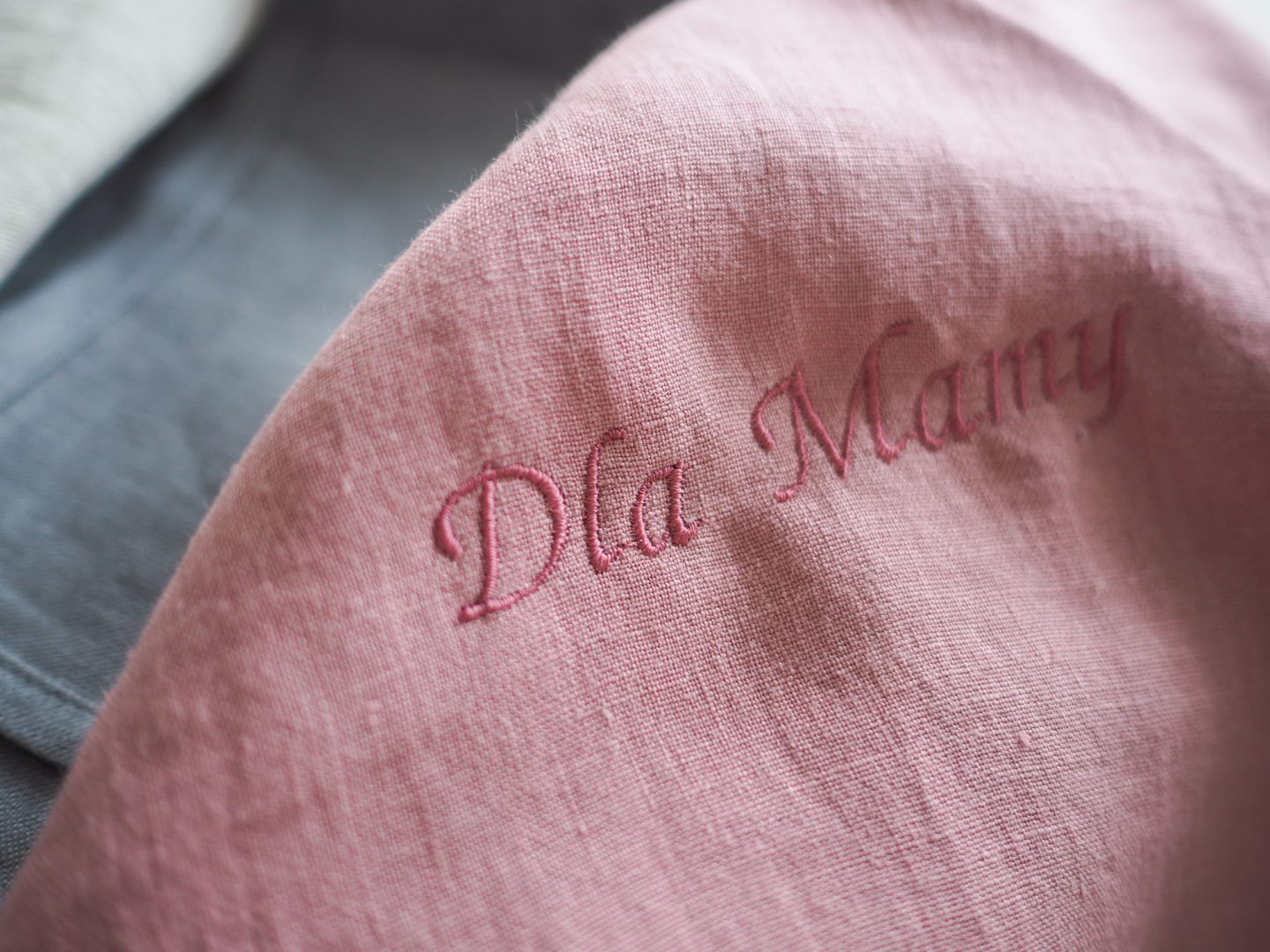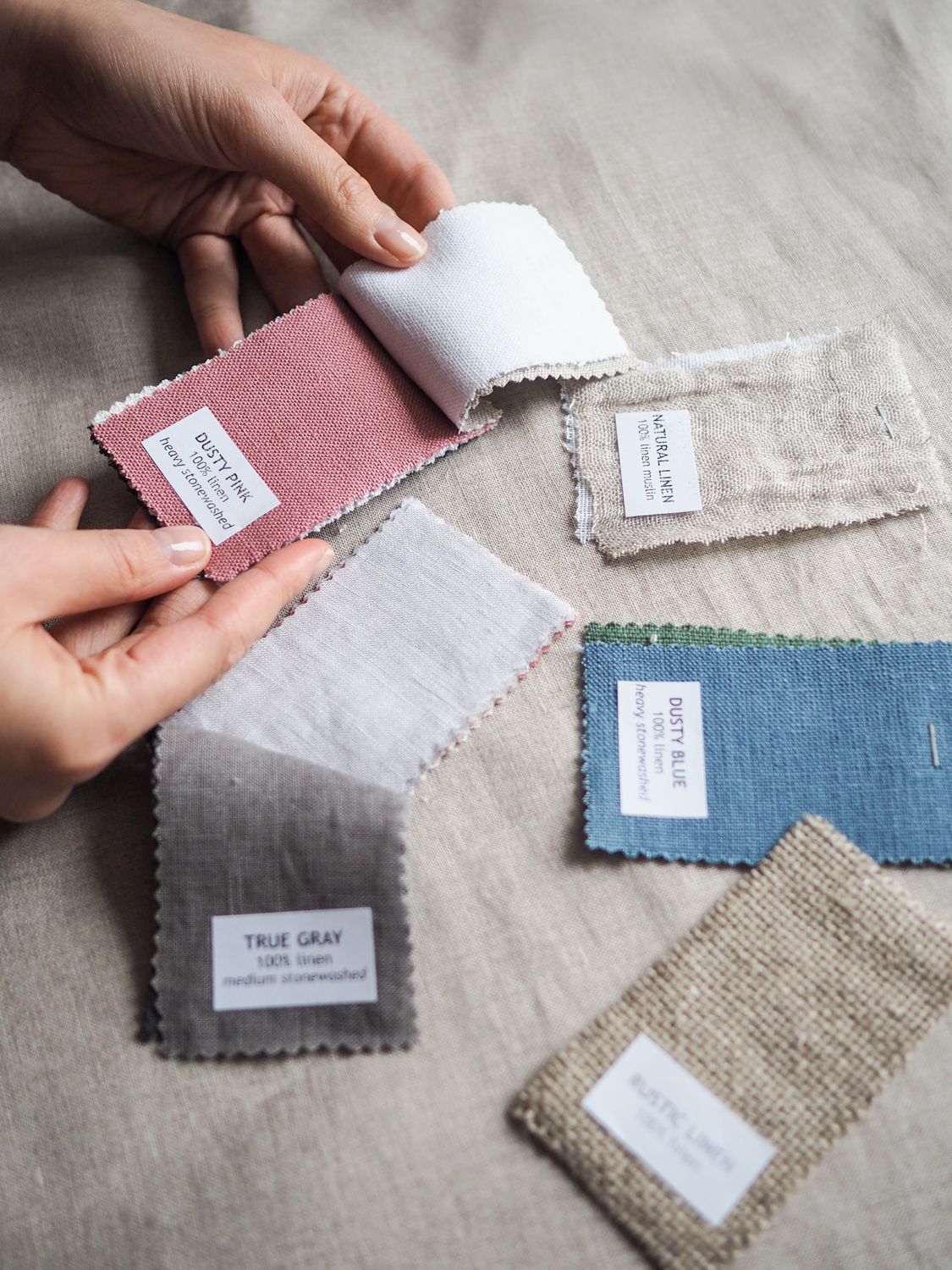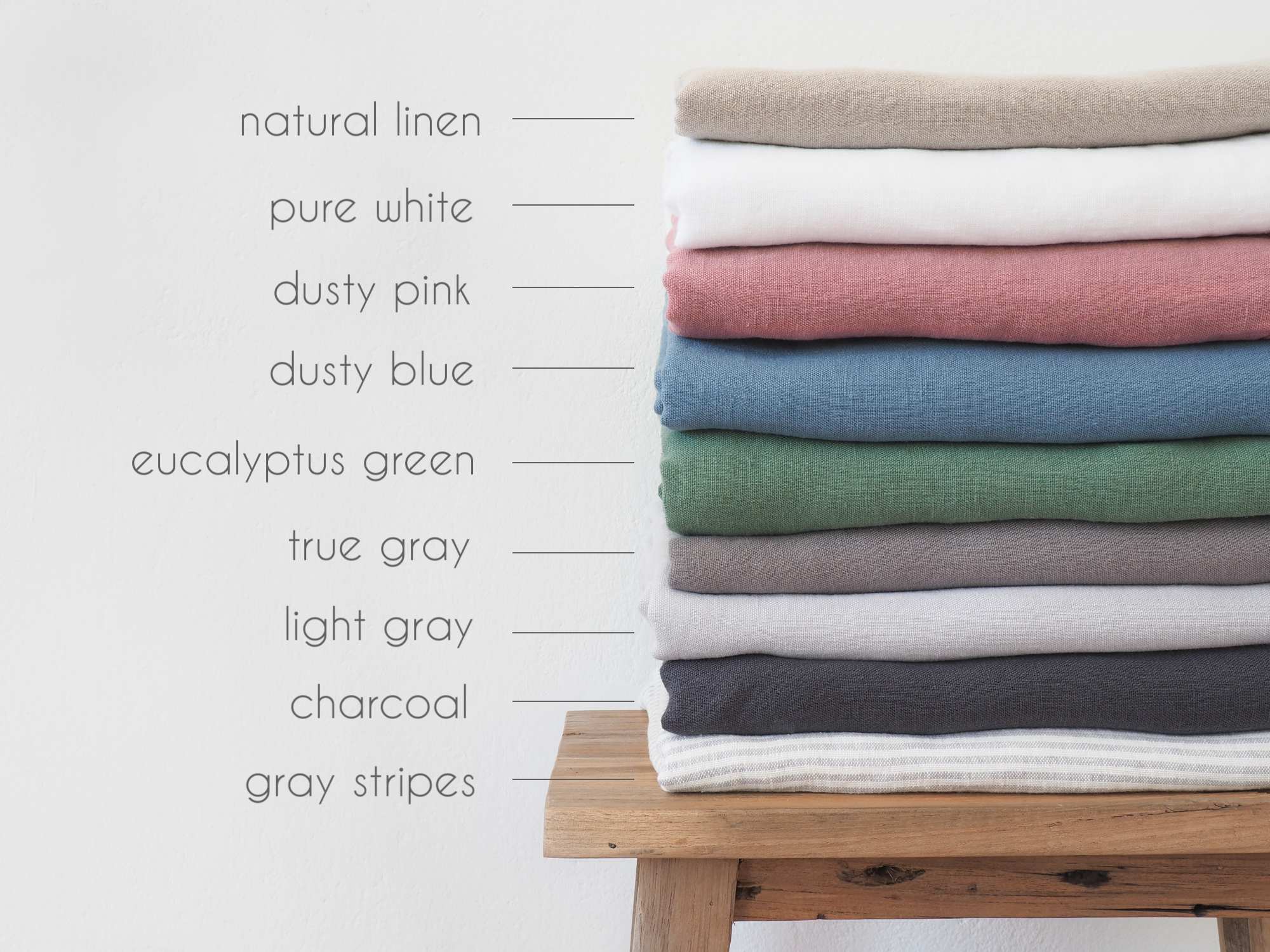Uncategorized
Facts and myths about linen
MYTH ONE: LINEN IS STIFF AND UNPLEASANT FOR THE SKIN
Facts and myths about linen. We admit that this is one of the most frequently repeated myths. Upholstery and curtain linen with a high fabric weight is actually softened, and thus – extremely pleasant to the touch. The first impression of “stiffness” gradually disappears after each wash, and the longer we use a linen tablecloth or linen bedding, the more pleasant and delicate the fabric becomes.
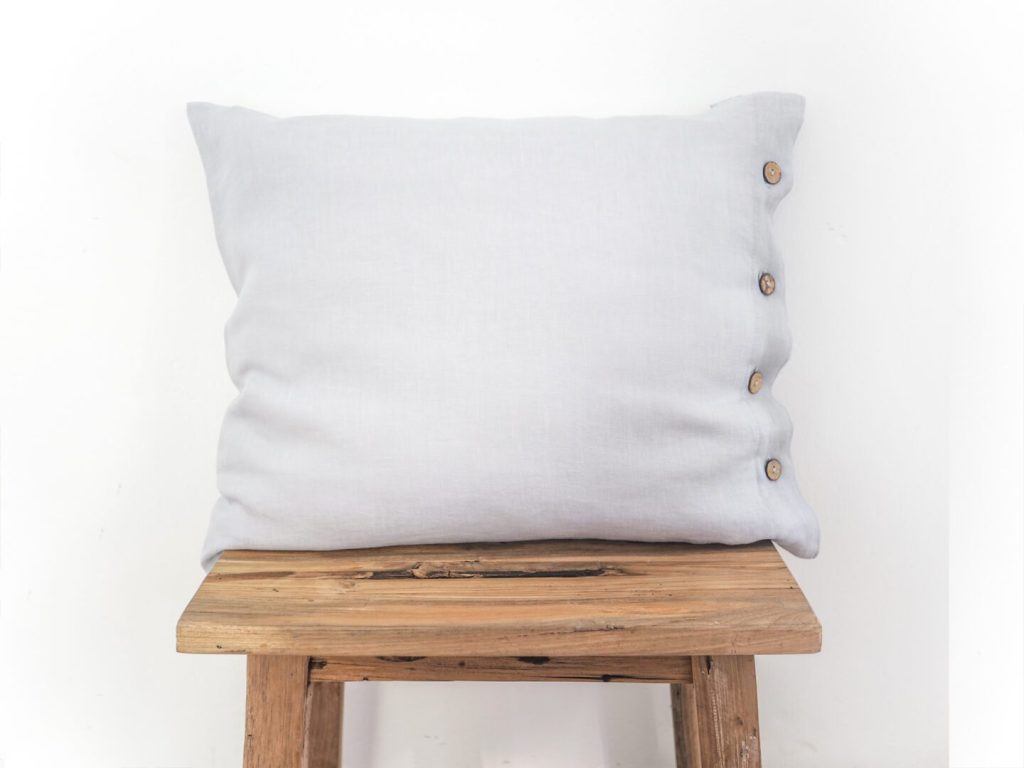
This naturalness, as well as airiness and antiallergic properties are of course undoubted advantages. High hygroscopicity, no artificial dyes, and no use of petroleum-derived materials, ultimately ensures correct thermoregulation, reducing the risk of allergic reactions. That is why we come across linen bedding for children or that wrap our body after a hot bath and a refreshing shower.
MYTH TWO: IT IS VERY HARD TO TAKE CARE OF LINEN
Facts and myths about linen. We once heard the opinion that, due to its naturalness, linen required special care, appropriate chemicals, and the conditions for drying and keeping. In fact, linen is one of the most durable fabrics, resistant to sunlight and high temperatures. Its washing and care does not differ from other popular fabrics – such as cotton or viscose. All you need to do to wash them is a mild detergent and a daily program in a domestic washing machine.
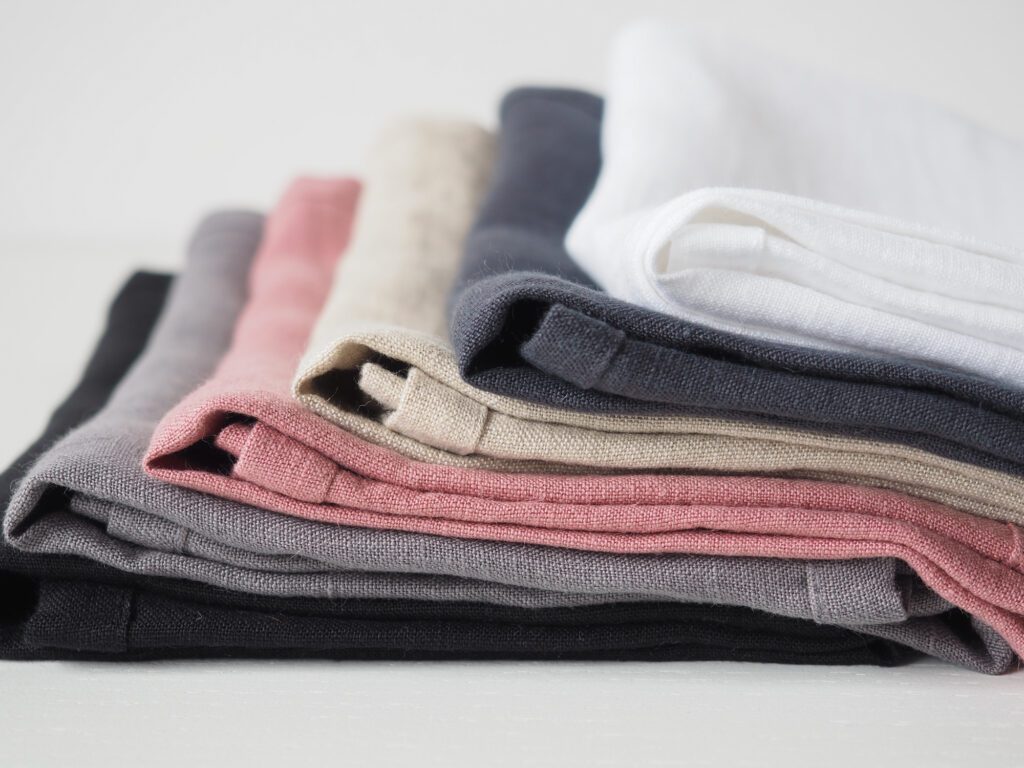
The only thing we recommend is avoiding tumble dryers that weaken the fibers. Therefore, it is good to dry linen in a natural way – e.g. hung on a string or placed in the sun.
MYTH THREE: LINEN WRINKLES AND IRONS DIFFICULT
Facts and myths about linen. This myth is partially true. In fact, linen has a tendency to crease, like viscose or cotton. This is the result of using natural fibers, without the use of synthetic additives that affect the elasticity of the fabric. Therefore, polyester or Lycra does not require ironing after washing or transporting in a suitcase when going on holiday or a business meeting.
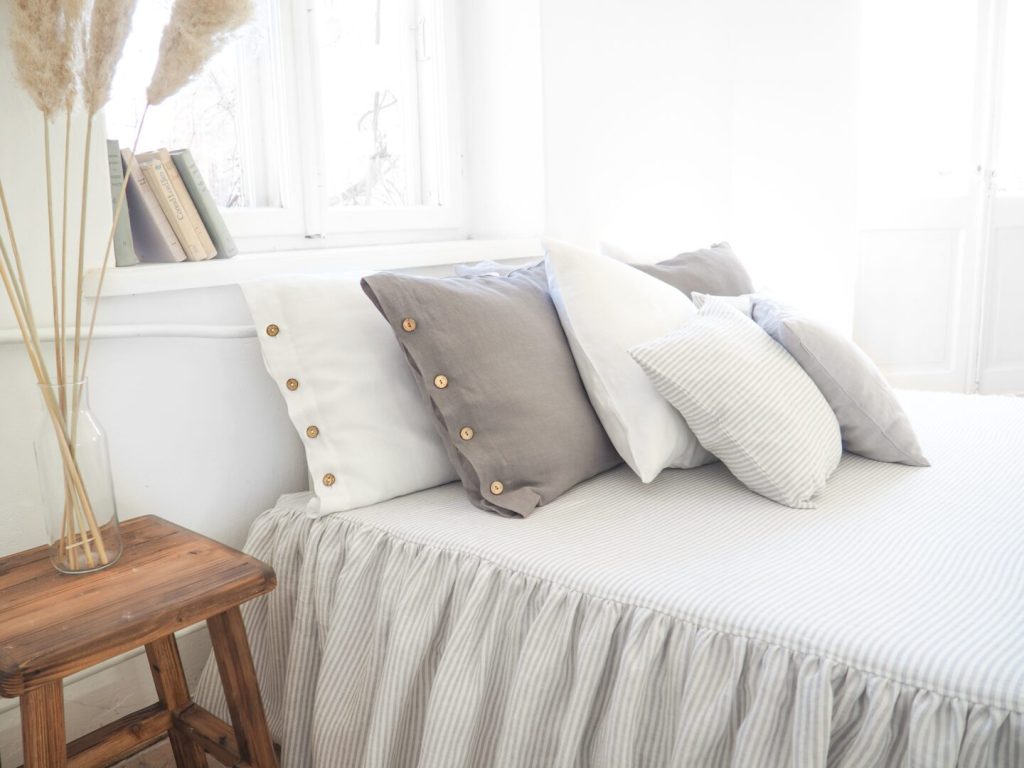
It is worth mentioning, however, that linen is one of the most durable fabrics, resistant to chemicals and high temperature. This means that linen curtains or linen pillowcases can be dried in full sun and also ironed. For this purpose, we do not have to spend many hours of our work borrowing an old, heavy iron from our grandmothers and great-grandmothers. In fact, a classic steam iron is enough, and the ironing process itself does not differ from other popular fabrics.



